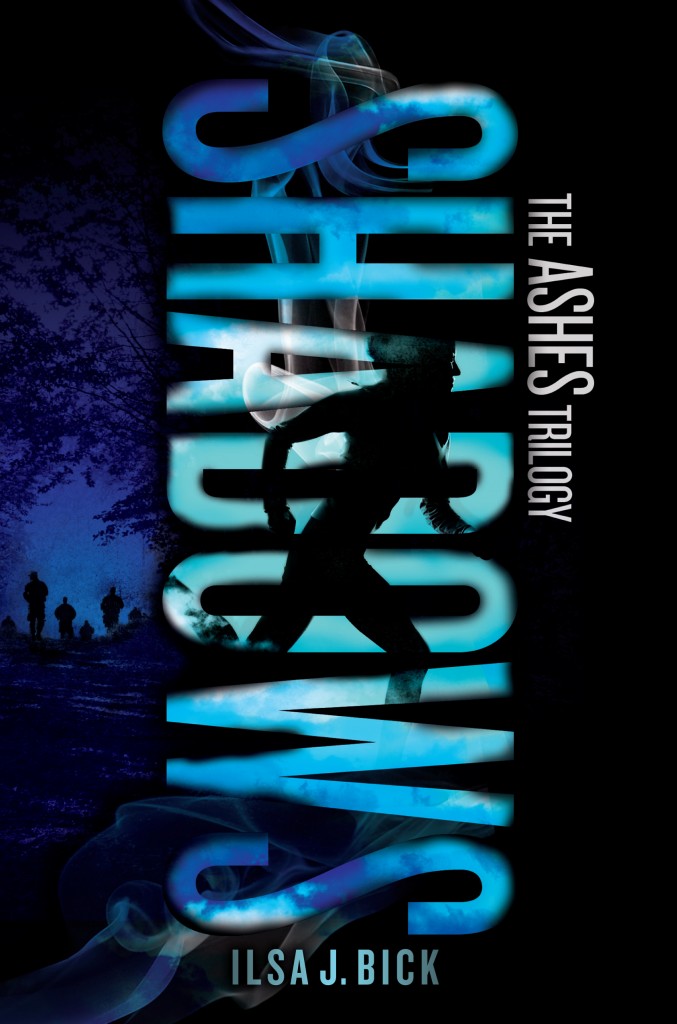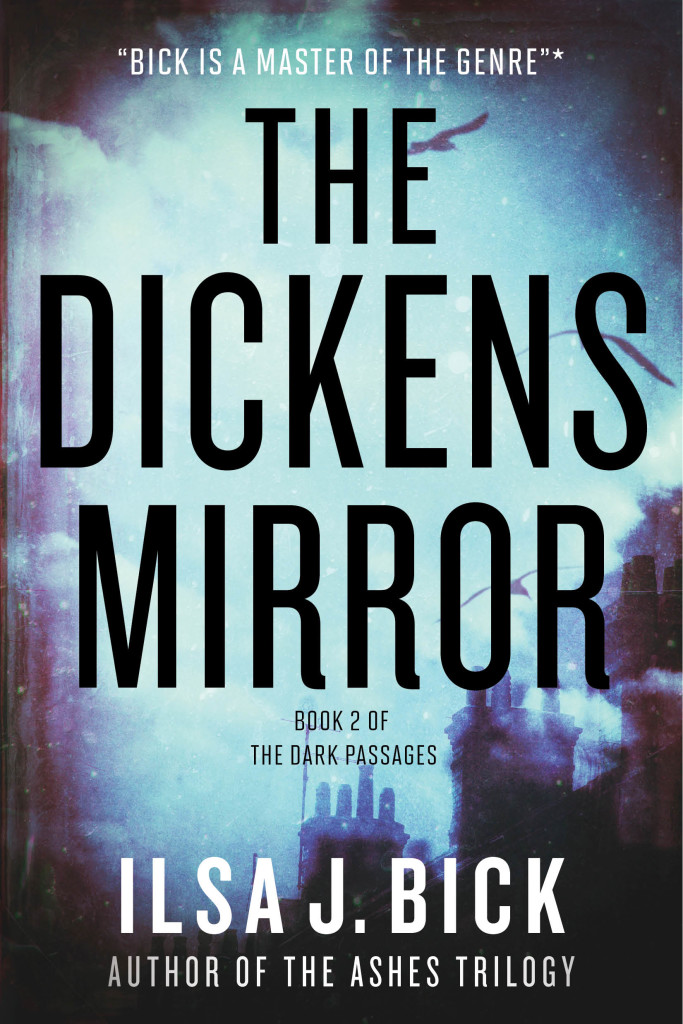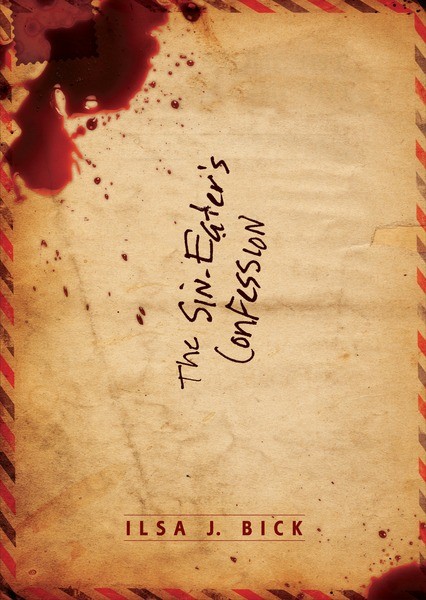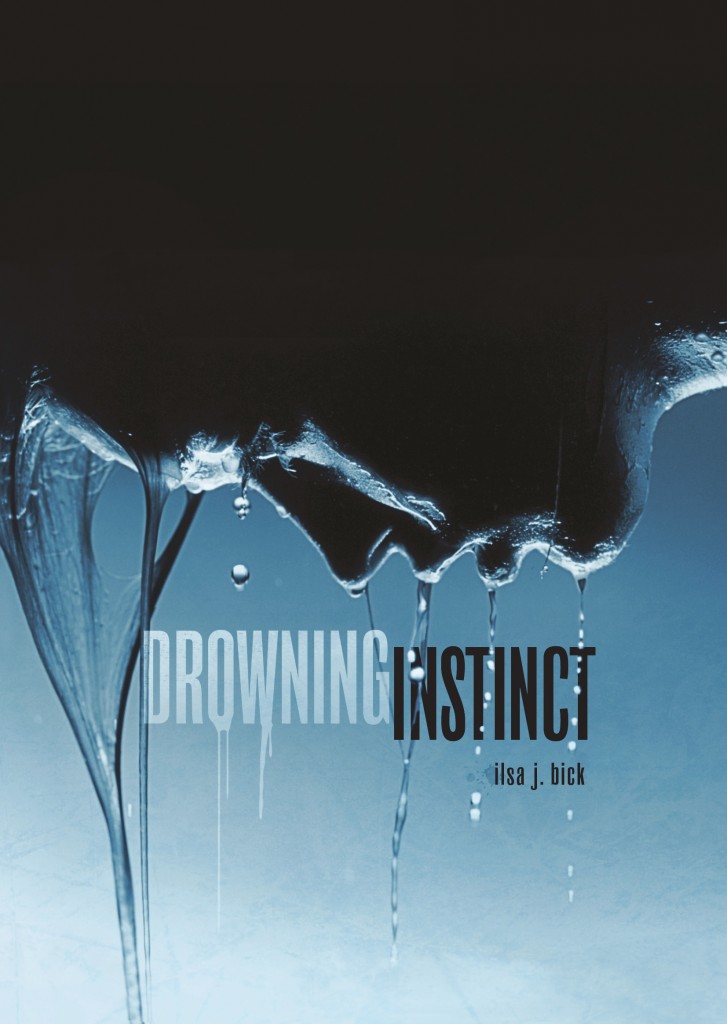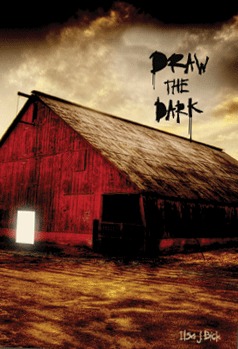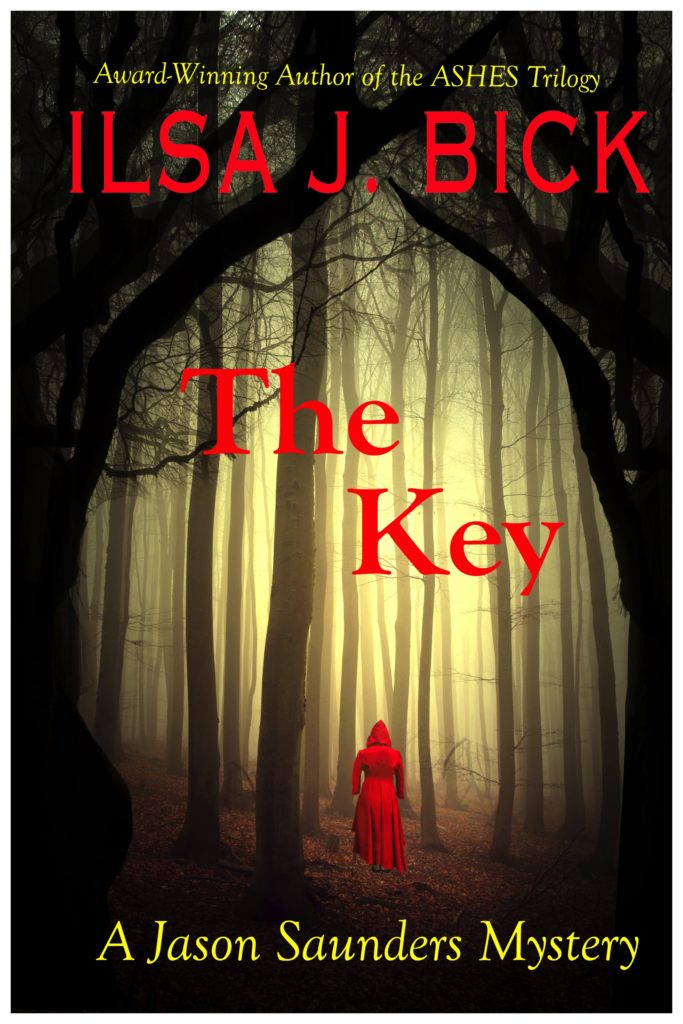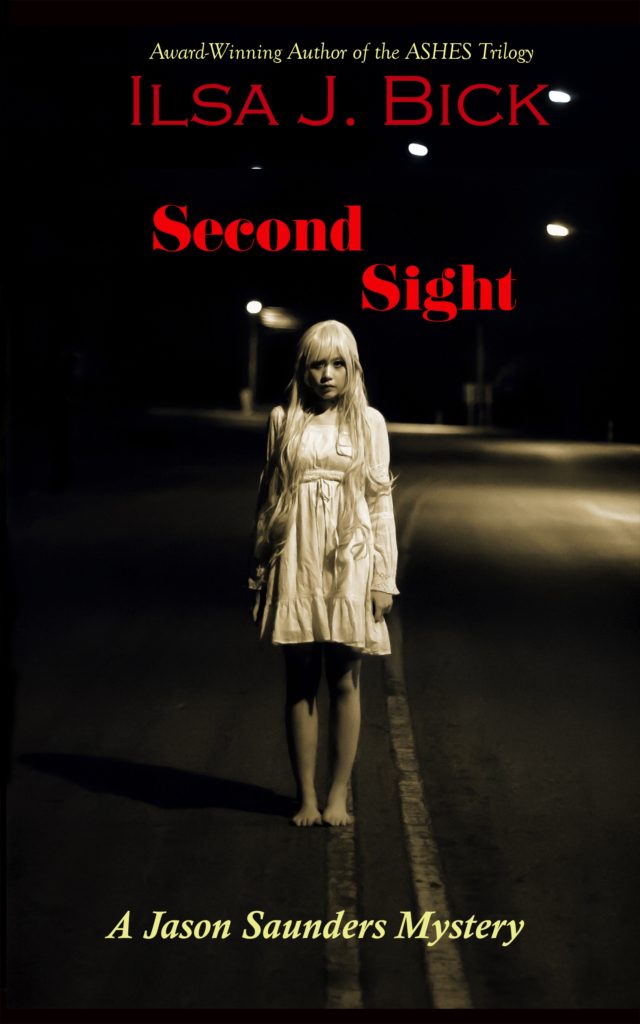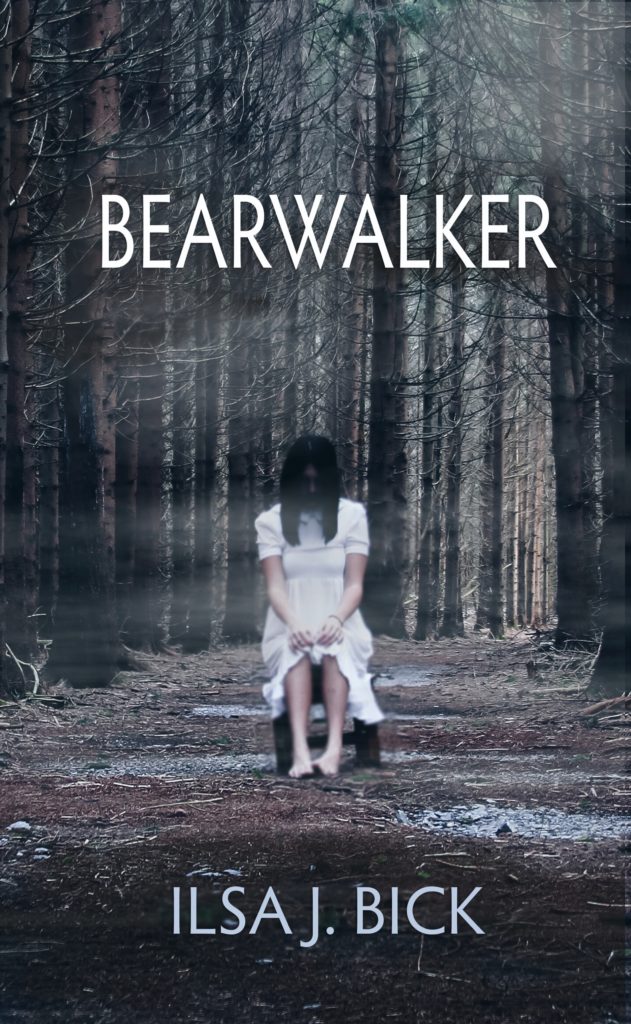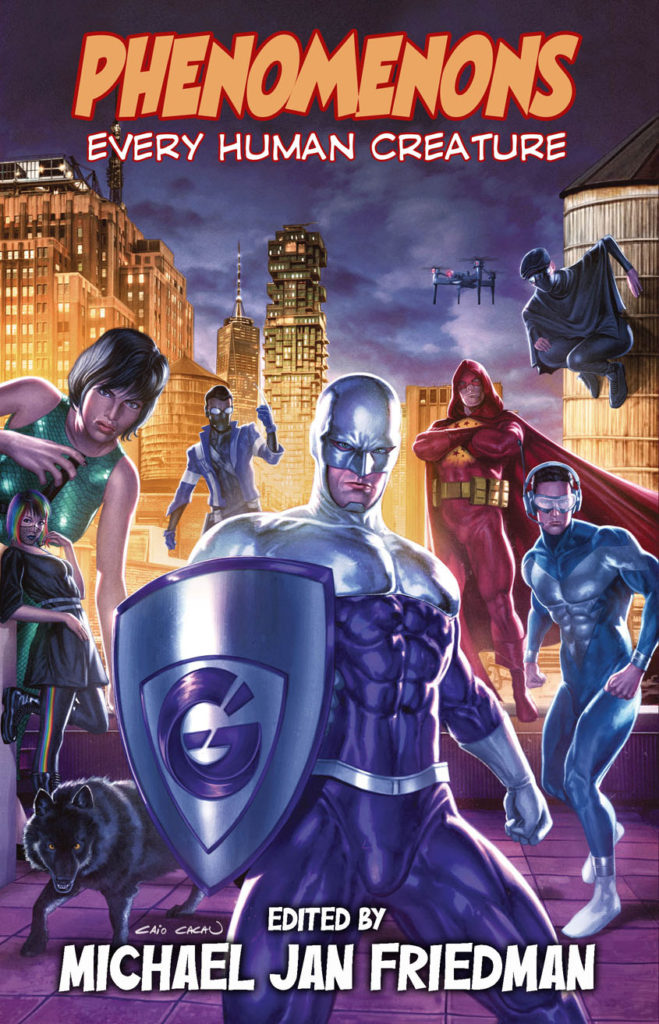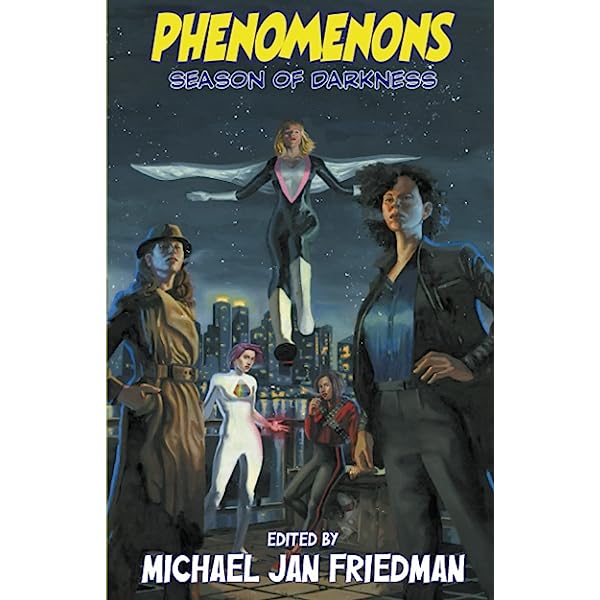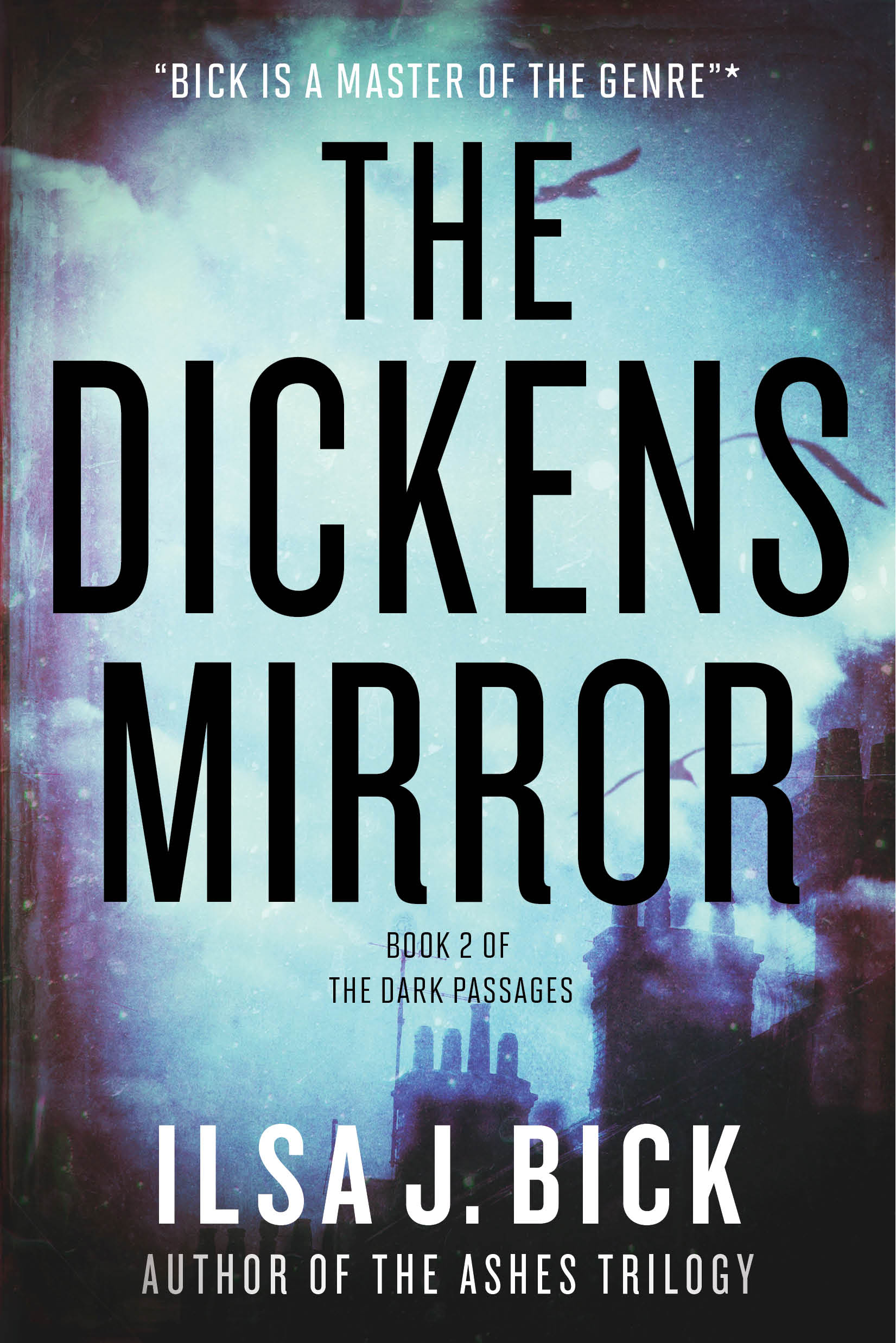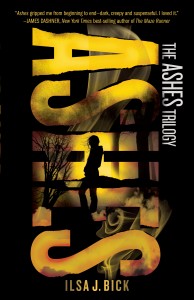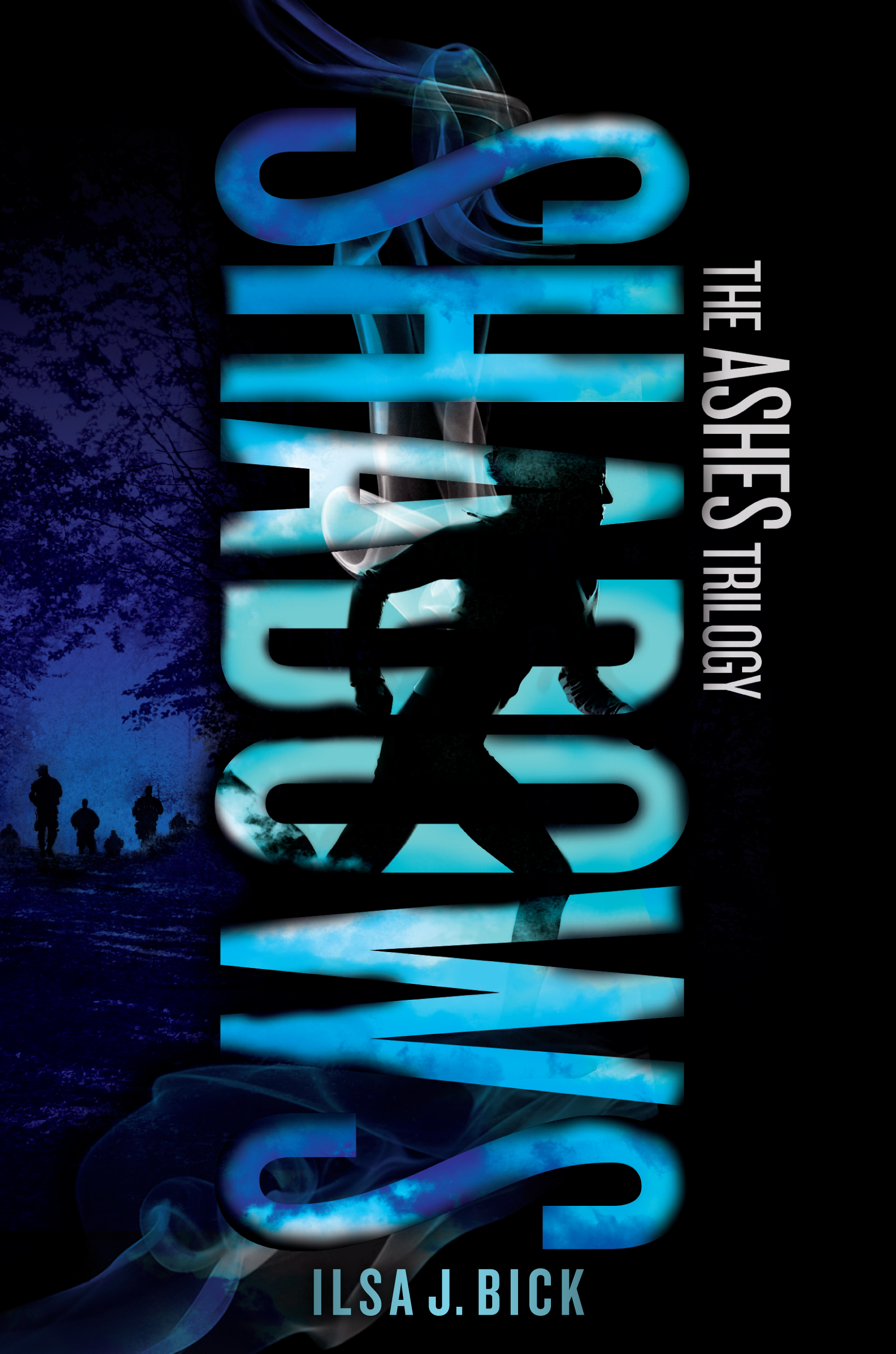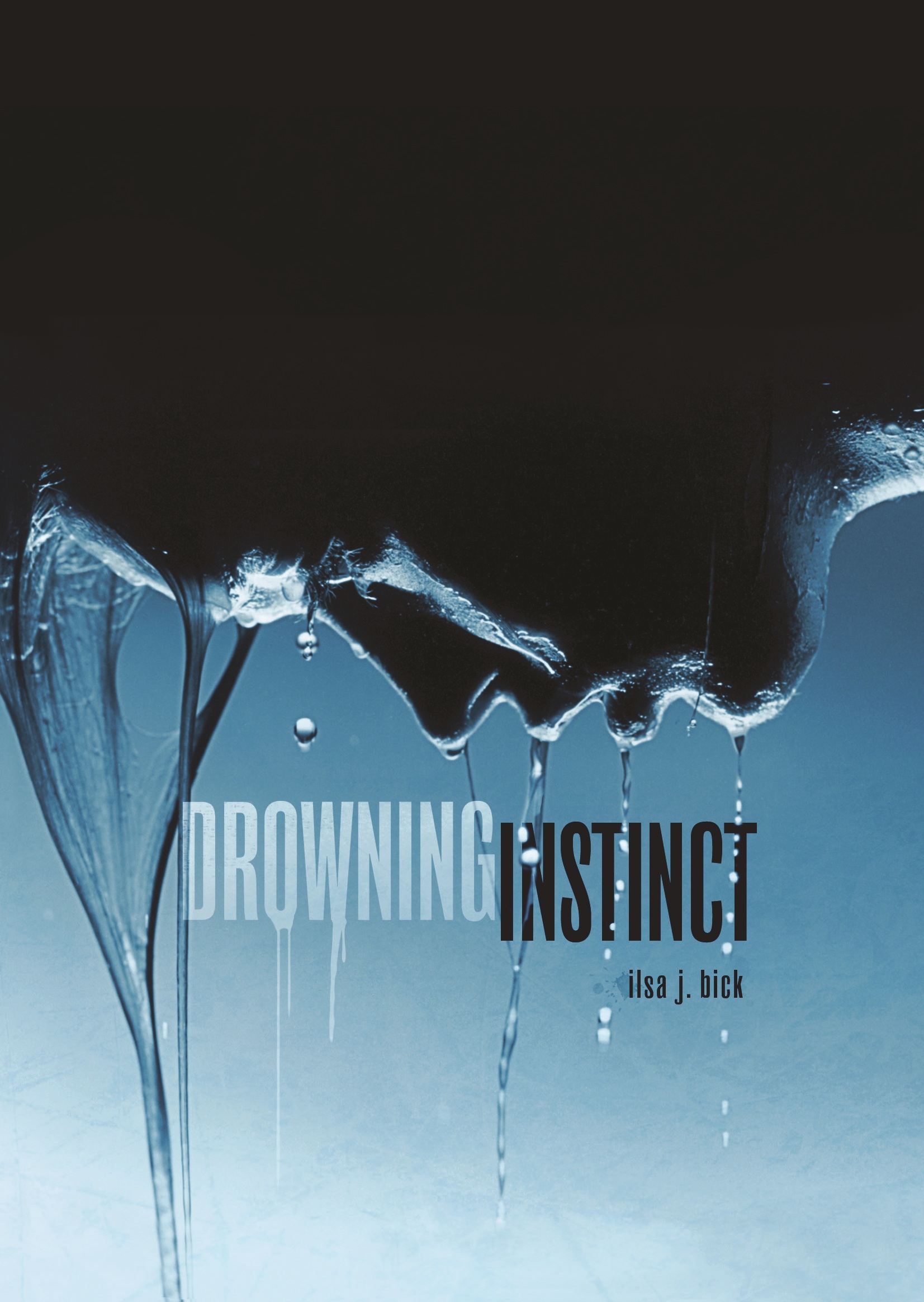A couple months ago, James Franco wrote a fantastic piece for The New York Times on selfies, those self-generated glam shots you can post of, yes, yourself doing whatever and in which you think someone might be interested. It’s only a dyslexic step away from Twitter, come to think of it, only completely visual. Read Franco’s article all the way through; this is one smart guy. Above all, he’s an entertainer and understands the draw of–and our fascination with–celebrity. If you remember nothing else of what he says (and granted, we’re talking about a celebrity who understands image and how to generate the illusion of intimacy), this is your take-home:
“In this age of too much information at a click of a button, the power to attract viewers amid the sea of things to read and watch is power indeed. It’s what the movie studios want for their products, it’s what professional writers want for their work, it’s what newspapers want — hell, it’s what everyone wants: attention. Attention is power. And if you are someone people are interested in, then the selfie provides something very powerful, from the most privileged perspective possible.” (emphasis mine)
Successful entertainers understand the value of attention and how to grab it. You want an example of someone who’s a master? Taylor Swift. I kid you not. Maybe four months before Franco’s piece came out–or it might have been longer–I recall listening to an NPR piece on social media and Twitter, and the reporter singled out Swift as someone who really understood how to use social media effectively. She specifically mentioned that Swift was excellent at mixing in the private moment to further a public agenda. The example she gave was Swift tweeting something like, oh, making sugar cookies because I’m so happy my latest single was just released. (I’m paraphrasing here.) And Swift is very good at this; take a look at this photo montage of her and Kelly Osborne making chocolate peppermint cookies.









